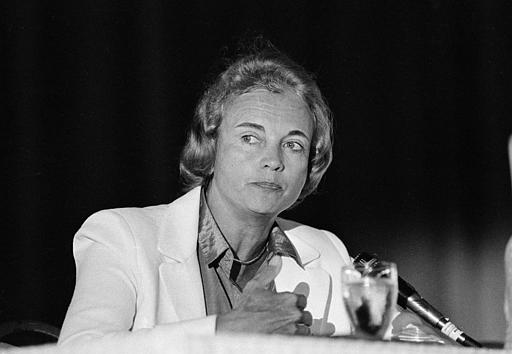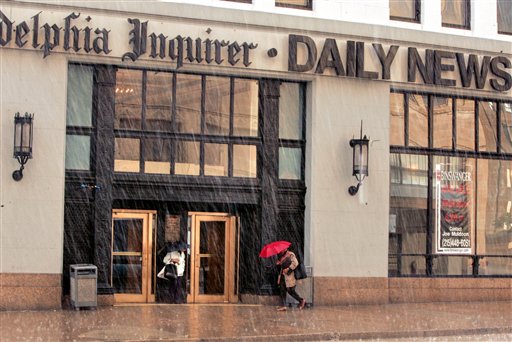In Philadelphia Newspapers, Inc. v. Hepps, 475 U.S. 767 (1986), the Supreme Court expanded the constitutional protections enunciated in New York Times Co. v. Sullivan (1964) to require even private-figure defamation plaintiffs to bear the burden of proving falsity in cases involving speech on matters of public concern and media defendants.
Maurice S. Hepps, the principal stockholder of General Programming, Inc., sued the corporation that owned The Philadelphia Inquirer in state court after statements made in an article linked General Programming and its series of Thrifty beverage stores to organized crime. The trial court ruled that the plaintiffs bore the burden of proving the statements were false, and the case proceeded to a jury, which ruled in favor of the Philadelphia Newspapers.
Hess argued that the newspaper must prove his links to organized crime were true
Hess and the other plaintiffs appealed to the Pennsylvania Supreme Court, contending that the trial court erred in requiring the plaintiffs to prove falsity. The Pennsylvania Supreme Court reversed, finding that the defendant should bear the burden of proving the truth of the statements under an applicable Pennsylvania law and remanded for a new trial. The Philadelphia Newspapers then appealed to the U.S. Supreme Court, contending that forcing them to prove the truth of the statements about matters of public concern violated the First Amendment.
The Court rejected the common law presumption of falsity and concluded that “placement by state law of the burden of proving truth upon media defendants who publish speech of public concern deters such speech because of the fear that liability will unjustifiably result.”
Supreme Court had previously ruled public officials must prove falsity in libel claims
Balancing the public interest in free speech on matters of public concern against individual reputation, the Court in Sullivan established that public officials must prove a higher level of fault to recover damages in a defamation action — ”actual malice,” which is knowledge of falsity or reckless disregard for truth. That rule was later extended to public figures by Curtis Publishing Co. v. Butts (1967). However, the Court drew the line at private figures, who are not constitutionally required to show actual malice to recover damages for defamation; they must prove only negligence under Gertz v. Robert Welch, Inc. (1974).
Whereas these early defamation decisions dealt largely with the requisite level of fault mandated by the First Amendment in defamation actions, the Court in Garrison v. Louisiana (1964) did conclude that public-official defamation plaintiffs must also prove that challenged statements are false. The early decisions, however, had left unresolved whether private plaintiffs also bore the burden of showing that challenged speech was false.
Court rules in Hepps that private figures must prove falsity of statements by media defendant

Justice Sandra Day O’Connor wrote the majority opinion concluding that the private figure bringing a libel claim against a news media defendant bears the burden of proving statements are false.
Rather than allowing a legal regime that fosters such self-censorship, the Court in Hepps concluded that where truth or falsity of particular statements cannot be determined, a media defendant prevails.
Writing for five members of the Court, Justice Sandra Day O’Connor noted that the decision left unresolved whether a private figure would need to prove falsity against a nonmedia defendant.
Although Justices William J. Brennan Jr. and Harry A. Blackmun joined the Court’s opinion, Justice Brennan in a short concurrence noted that he believed that speech protections should not vary based on the identity of the speaker as a media or nonmedia entity. In a strong dissent joined by Chief Justice Warren E. Burger and Justices Byron R. White and William H. Rehnquist, Justice John Paul Stevens challenged the need for additional protections for speakers beyond the requirement of fault — either negligence or actual malice.
This article was originally published in 2009. Chad Bowman is a media and First Amendment lawyer in Washington, D.C. and represents news organizations, nonprofits, and other content creators. Chad is a partner at the national law firm Ballard Spahr LLP. Prior to attending law school, Chad worked as a journalist in Upstate New York and in Washington, D.C.

